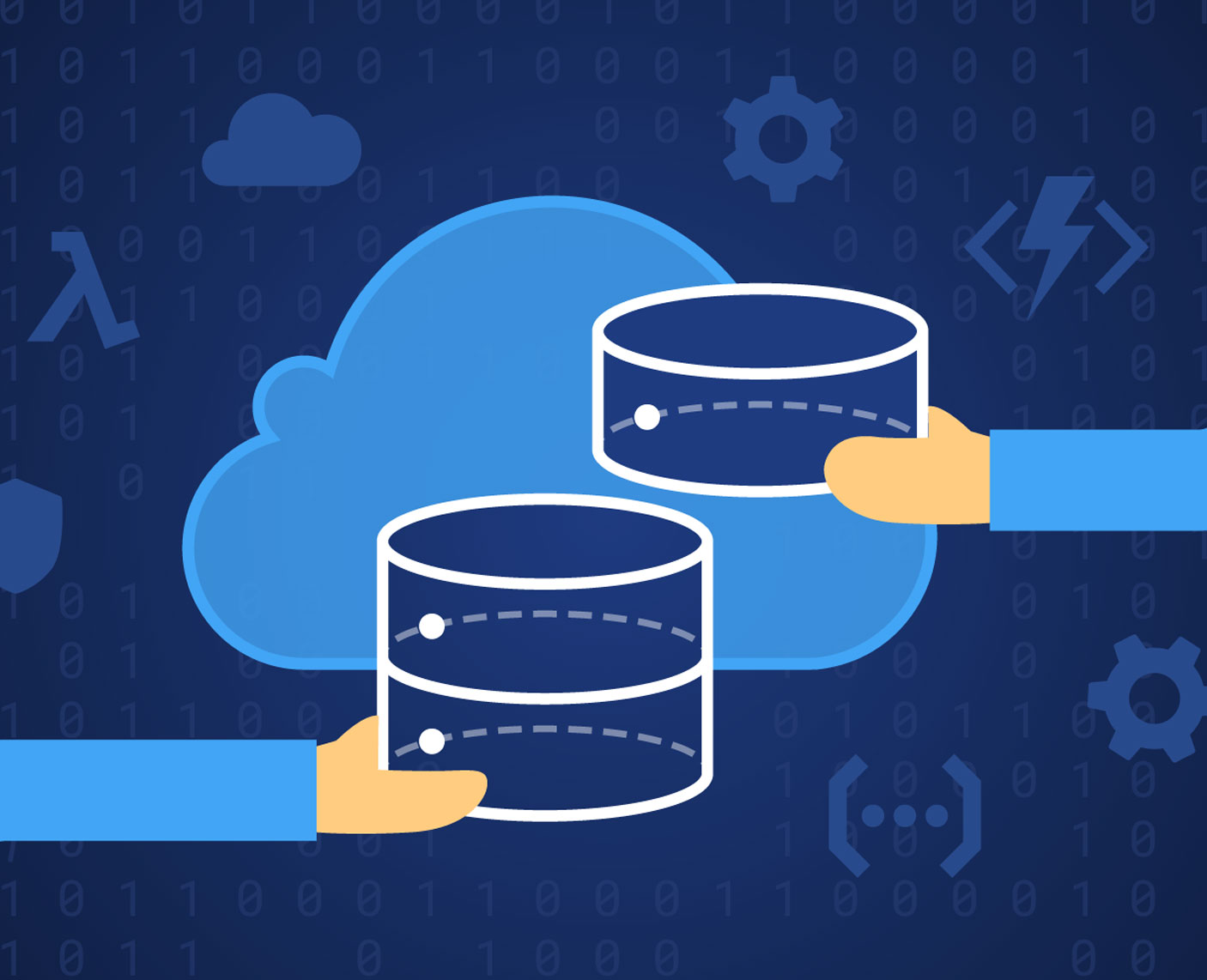The Rise of Serverless Computing: What It Means for Developers
The Rise of Serverless Computing: What It Means for Developers

The Rise of Serverless Computing: What It Means for Developers
Introduction to Serverless Computing
Serverless computing is changing the way applications are built and deployed. It’s a cloud computing execution model where the cloud provider dynamically manages the allocation of machine resources. Pricing is based on the actual amount of resources consumed by an application, rather than on pre-purchased units of capacity. This model can lead to significant cost savings and operational efficiencies.
Advantages of Serverless Computing
- No Server Management: Developers can focus on their code without worrying about server provisioning or management.
- Cost-Effectiveness: You only pay for what you use, which can result in lower operational costs.
- Scalability: Serverless applications can scale automatically with the demand.
- Faster Time to Market: Serverless architectures can accelerate development cycles, enabling faster product iterations.
Considerations for Developers
Understanding the Serverless Architecture
While serverless computing offers many benefits, developers need to adapt their design thinking to fit a serverless model. This includes understanding stateless compute containers, managing event-driven architecture, and ensuring that applications can scale down as efficiently as they scale up.
Impact on Development Practices
Serverless computing has implications for development practices. It necessitates a greater emphasis on coding and system architecture, as developers are now more responsible for the complete lifecycle of the application. Continuous integration and deployment become more critical, and developers need to have a strong grasp of cloud services and resources.
